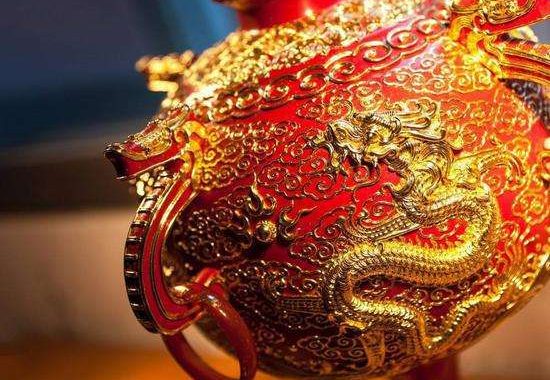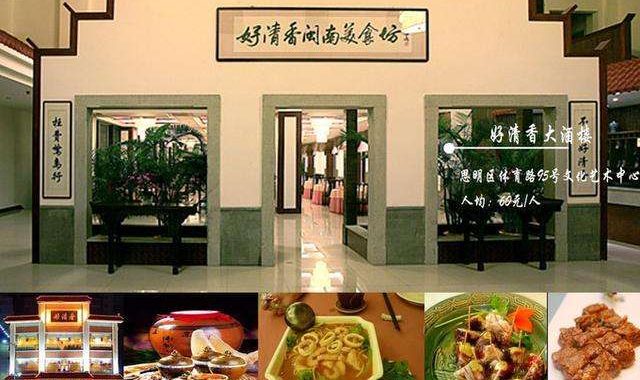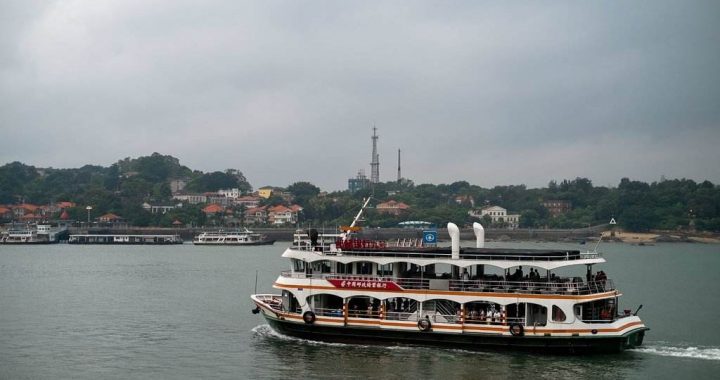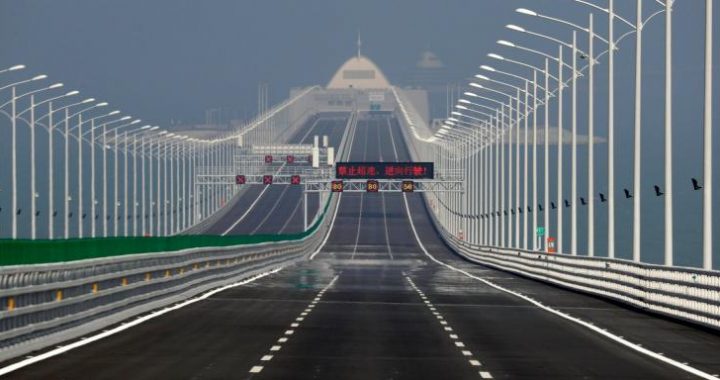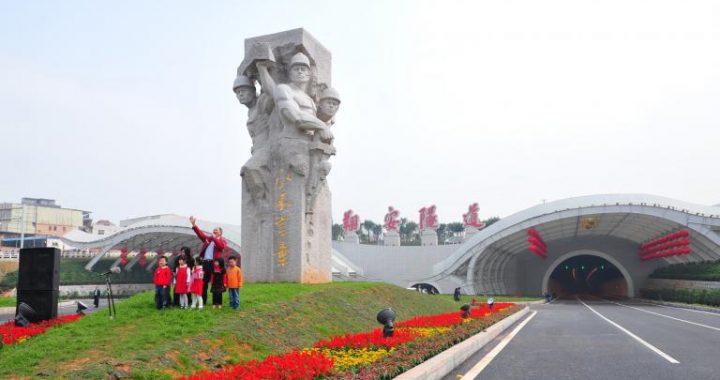gulangyu’s music
4 min readAcross the Lujiang Channel, a 10-minute ferry ride from Xiamen is Gulangyu (gulang yu),all square mile(1.78 km 2) island. Gulangyu and Xiamen were once home to an indigenous species of egrets. Today these gorgeous birds are a protected species. Som egrets can still be seen lounging around the beaches and waters. on Gulangy Koxinga stands guard on Gulangyu.(golang) The island became home to a group of non-native and unwelcome residents when it officially became a foreign concession in 1903. But in fact foreign settlement had already begun much earlier, when Xiamen became a treaty port in the 19th century. The foreigners who settled here, as in all concession areas, built the island in their own image. The island is an architectural museum of Victorian and Neo-Classical colonial buildings-churches, villas and Christian cemeteries all lend Mediterranean feel. ban on vehicles and bicycles and their accompanying horns helps maintain its quaint colonial charm and your peace of mind. For people dazed by horns, noise and pollution in big cities, this should be your first stop.in Sipping tea among lotus flowers in the Nanputuo Temple while monks chant in the background.
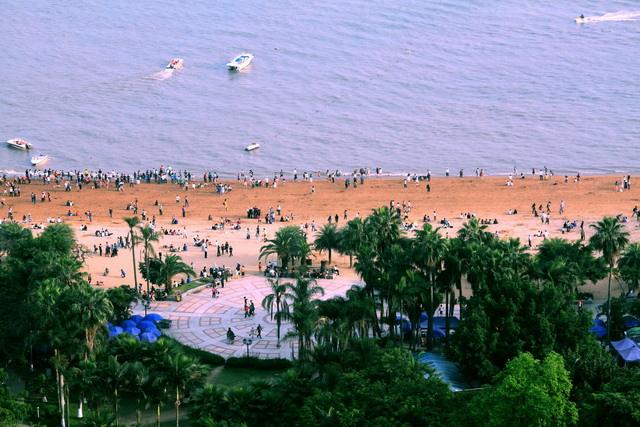
Strolling through Gulangyu’s narrow streets while being serenaded by music drifting out of open windows.
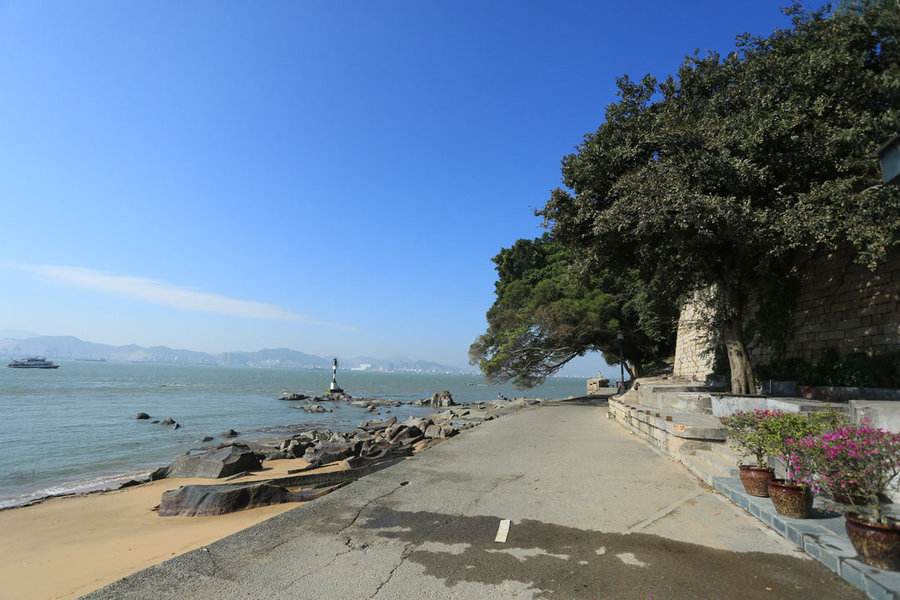
A night cruise around Xiamen, Gulangyu and Jinmen Island while listening to musicians play traditional Chinese music.foothgh93Sum1ghtRoc《gungydn,thehghestpointonths(riguangyan日光岩),thehighestpointonthis island, is the dominating landmark, making it a useful reference when strolling through the twisting streets. There’s’ also the Koxinga Museum(Zheng Chenggong jinianguan), tribute to the Ming trader turned patriot. Koxinga was born in Japan to Japanese mother and a Chinese father who was a powerful maritime merchant. When the Qing dynasty overthrew the Ming dynasty, Koxinga found himself torn between supporting the Ming resistance or joining his father in support the Qing forces. Ultimately, he chose to fight the Qing and at the height of his power he was able to resist the Qing forces, but slowly the Qing were able to encroach on his territory. He then moved his base to Taiwan where he evicted the Dutch and ended their 40-year presence on the island. The museum displays artifacts from the era and offers good views of the surrounding area; it’s also close to the beach.
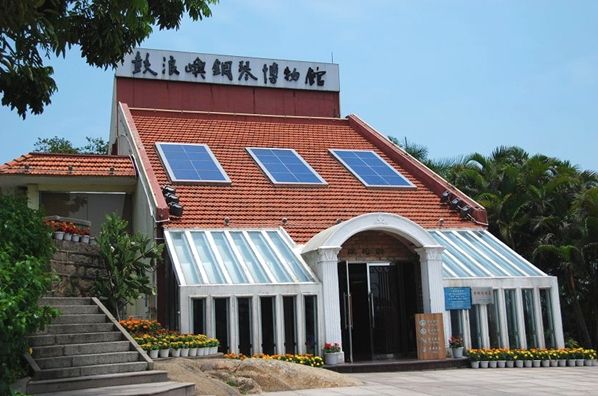
Once you enter the island’s residential area, you’1l begin to hear the soft echo of music. Gulangyu is also called “Piano Island” by locals; piano music drifts from the villas and lingers throughout the island’s narrow street. Many a famous Chinese musician hails from Xiamen; perhaps the calm breeze from the ocean and the languid pace of life is conduc an international music festival, and piano held. On Huangyan Lu, on the way to Sunlight cal concerts are regularly held on haitan) is Shuzhuang Garden where Asia’s largest piano museum is located. There are also ity Church(sanyi tang) on Anhai Lu the choir singing hymns.
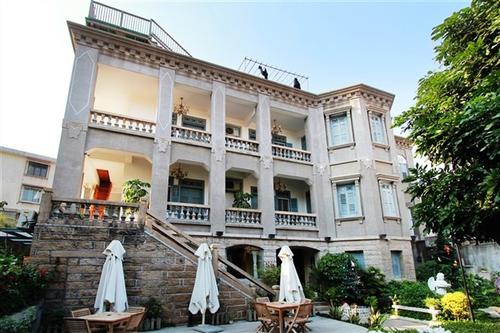
Back in Xiamen, the Nanputuo Temple(nanputuo si) is major destination for Buddhists. Situated at the foot of the Five Old Men Peak (wuldo feng and next to Xiamen University(xiamen daxue), this peaceful temple is over1,000 years old and is Xiamen’s’ oldest sight. Look for the character Fo, which means Buddha in Chinese, carved into a rock -at 15 feet (4. 6 m) it’s hard to miss. front of the Chinese character for Budha painted in gold at painted in gold at the Nanputuo Temple(si Next to Nanputuo Temple is Xiamen University, founded in 1921 by the wealthy Chen Jiageng, known as Tan Kah-kee in the local dialect, who made his fortune in Singapore.
Chen’s philanthropy was widespread, sponsoring many schools in his native Jimei, just east of Xiamen. The architecture of Xiamen University is a blend of Minnan and Western styles and the art college houses the Chinese European Art Center, where exhibitions of modern art by Chinese and European artists are regularly held.

On the southeast end of the campus and next to the beach is the Hulishan Cannon Fort (hulishan paotai) where the biggest ancient cannon in Asia is on display. North of the university is the Ten Thousand Rock Botanical Garden(washi zhi wuyuan) which is full of subtropical plants and rocks of whimsical shapes.
Starting from the Baicheng Beach(bai cheng hitan next to Xiamen University is the scenic Island Ring Road(huandao lu). Rent bicycle and tour along the most beautiful beach in Xiamen; you’ pass by strawberry fiel and be bathed in the soft sea breeze. If you’re tired, sit down and grab some barbeque in Huangcuo or Ye Fengzhai and watch the kites sail through the cloudless sky while listening to the waves lap onto the sandy beach 40 minutes southwest of Xiamen by bus is Changtai, where the Changtai River Club offers range of activities such as whitewater rafting(pidoliu), parachuting,rock climbing and other less than-soothing activities. contact them at . water and clear beaches, swimming, water-skiing and windsurfing await.
